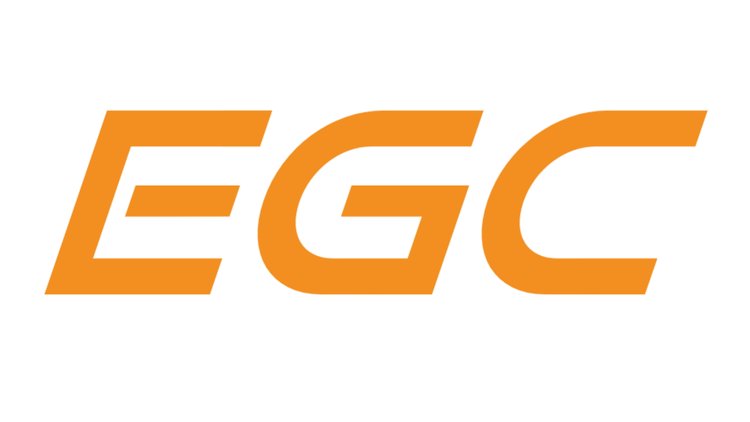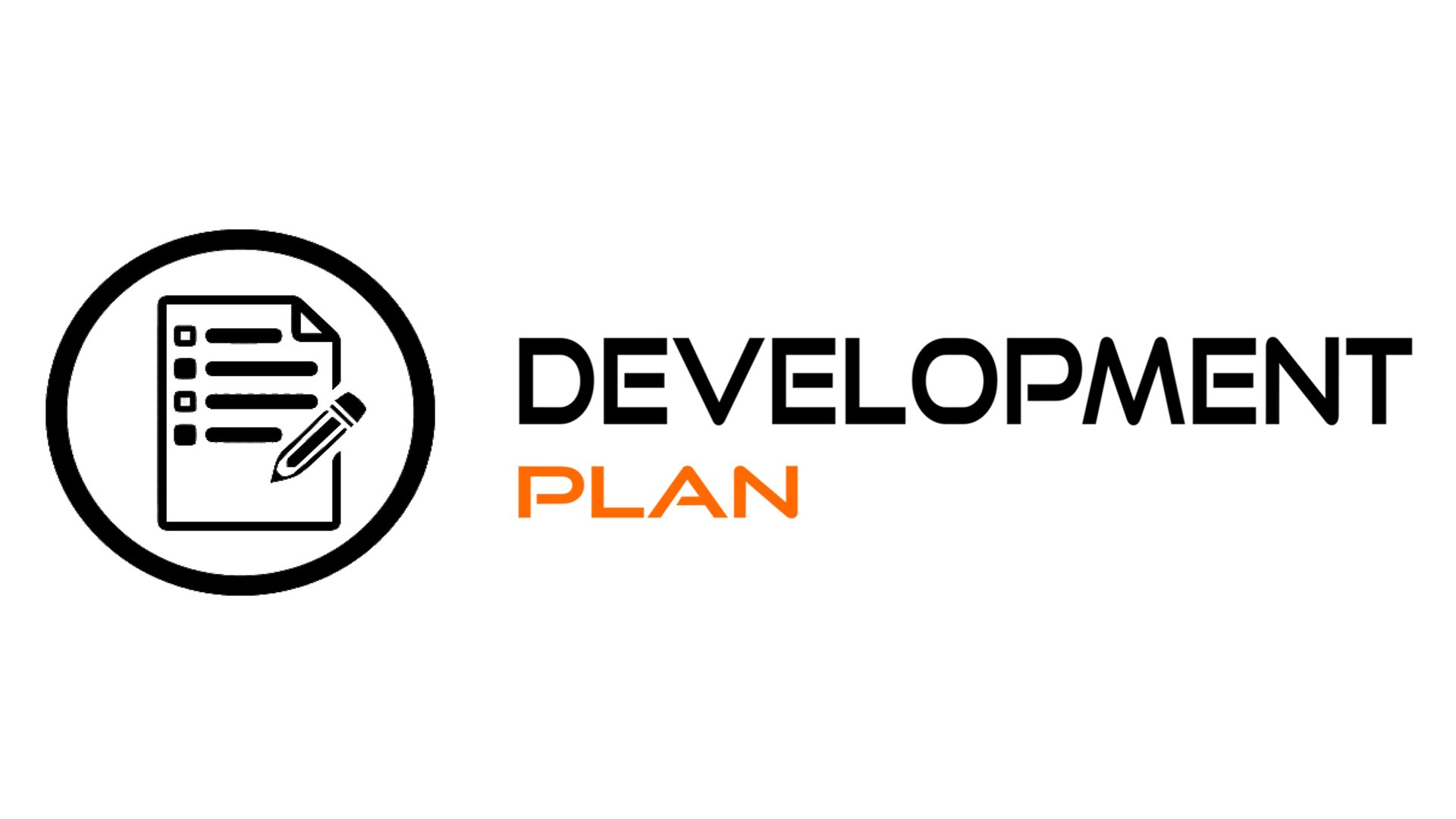Philosophy & Methodology
When EGC attends a team practice, our focus extends beyond delivering top-notch instruction to the goalies; we also aim to offer invaluable insights to the team's coaching staff and to the parents of the goaltenders.
Our commitment is twofold. First, we guarantee that the goalies will derive substantial benefits from our instruction. Second, we ensure that coaches and parents comprehend the intricacies of what was covered. This unified messaging empowers both coaches and parents to reinforce our teachings when we are not present.
Understanding that the team's coaching staff and parents might have varying degrees of familiarity with goaltending, we prioritize pre-practice consultation. This dialogue helps us tailor our approach to the specific needs and insights of the season, enhancing our ability to develop a comprehensive improvement plan for the goalies.
Service Overview
An EGC representative will arrive at the practice facility approximately 15 minutes before ice-time begins, to confer with the head coach about the practice agenda. To optimize the preparation, we recommend that head coaches communicate their plans to us in advance, either via email or phone call.
Although head coaches may not be experts in goaltending, their observations can provide us valuable insights into the goalies' gameplay. We will thus engage with them prior to ice-time to gather their thoughts.
We suggest structuring the practice to allot at least 45 minutes for our coaches to work exclusively with the goaltenders (60 min preferred), ensuring adequate time for specialized training. During the initial segment of practice, we prefer observing the goalies as they warm up with their teammates, which provides us a firsthand look at their natural habits.
Once practice concludes, we will debrief with the coaching staff, sharing our evaluations and suggestions. If desired, we can also provide similar feedback to the goaltenders' parents.
Individual practice attendance: $136.50/hr (including GST)
*5 practice (5% discount)
*10 practice (10% discount)
Philosophy & Method
Our coaching methodology goes beyond addressing isolated game errors; we emphasize identifying and understanding long-term patterns and deep-rooted habits in a goaltender's gameplay.
In dynamic sports such as hockey, errors are unavoidable but are not always indicative of chronic problems. The challenge lies in distinguishing one-off incidents from recurring detrimental trends that can covertly impact the outcomes of games over extended periods, like an entire season or a playoff series.
Instead of focusing solely on evident errors, we investigate underlying issues. For instance, a goaltender's challenge with managing net-front traffic might stem from a deeper issue like difficulty in tracking the puck behind the net, leading to broader gameplay challenges.
The focal point of our philosophy is the cultivation of habits. The habits of a goaltender, whether pertaining to breakaways, managing rebounds, or handling net-front traffic, play a pivotal role in determining the consistency of their performance and the anticipation of their future gameplay. These embedded routines can serve as both an advantage and a disadvantage; they can render a goaltender's actions foreseeable, for better or for worse.
By scrutinizing these habits and patterns with precision, we can adapt our coaching approaches to pinpoint and remedy the subtle weaknesses in a goaltender's gameplay, thus enhancing their immediate efficacy and prospective development.
Service Overview
Teams must submit to Evolution Goaltending Corp (EGC) a meticulously edited videos showcasing the goaltender's gameplay. The videos should omit instances when the puck is in the opposing team's offensive zone, instead emphasizing moments within the goaltender's defensive zone.
This concentration on the defensive zone allows our coaches to gain an in-depth understanding of the goaltender’s performance in this area. While goals against and shots faced are crucial indicators, evaluating the goaltender's actions in various defensive situations provides a richer perspective on their habits and strategies, even in moments without shots on goal.
Typically, the edited gameplay videos span between 20 to 30 minutes. Once prepared, the video can be uploaded to cloud platforms such as Google Drive or Dropbox for sharing with our team. An alternative option is to post it on YouTube and forward the links to us for evaluation.
Upon a detailed review of the footage, our coaching staff will assemble notes and observations. This analysis will serve as the foundation for a video-call discussion with the team's goaltender and/or team’s goalie coach. These consultations, ranging from 45 to 60 minutes, deliver comprehensive evaluations and precise feedback aimed at refining the goaltenders’ habitual skills. To conclude the session, EGC coaches will equip the goaltenders with a tailored development strategy, designed to be integrated into team practices. This plan seeks to cultivate their strengths and rectify any observed shortcomings.
Development Plan $262.50 (including GST) / per goaltender
Philosophy & Methodology
As coaches, we often instinctively identify technical and tactical errors in athletes as the primary areas for future improvement. For example, if a goalie lets in a goal or two through traffic during a game, it might seem appropriate to work on that specific situation in the next practice. However, in a dynamic sport like hockey, errors are an inevitable part of the game and do not necessarily highlight the areas where the athlete or team struggles most.
Consider a game where several 2-on-1 situations occur. After successfully stopping six such situations, the goalie fails to stop the seventh. Does this mean the goaltender should dedicate their next practice to refining their handling of these rush situations because 1 out of 7 attempts led to a goal? Not necessarily.
Errors are bound to occur in games but they do not always indicate a negative trend. In a 7-game series, where time and energy must be judiciously managed for optimal results, focusing on the wrong aspect could have detrimental long-term effects.
Instead, it is more effective to focus on long-term trends rather than isolated mistakes. Identifying trends can be complex, as they may not always be overtly noticeable. They might be obscured within the dynamics of the game. If a goaltender persistently loses sight of the puck when it's located behind the net due to their tracking techniques, it may not result in an immediate goal but could indirectly contribute to one.
For instance, if a goaltender is beaten through traffic twice in one game, it might indicate a negative trend. Surface-level analysis might suggest that it's due to poor management of net-front bodies. However, the goaltender may still struggle in actual games despite performing well in practice, when handling such situations. The issue could be rooted in an entirely different area of their gameplay.
Despite the goaltender's situational awareness and successful execution of these tactics in a controlled environment, they may still falter in actual games. Further investigation may reveal that the real issue lies in the preceding situation when the puck is behind the net. Inadequate behind-the-net tracking might have a cascading effect, undermining the goalie's ability to manage traffic properly.
Negative trends may not always directly result in a goal, but they can indirectly lead to one. Accurately identifying these trends can highlight areas of vulnerability in a goaltender's game, even in areas where they generally appear strong.
A goaltender's habits play a crucial role in the consistency of their game performance and significantly influence future expectations of their play.
Habits are behaviors that become second nature over time due to frequent repetition. Habits can include tactics for various game situations, such as dealing with breakaways, handling rebounds, or net-front traffic.
Consistency in performance arises when a goaltender habitually responds to specific situations in a similar manner. For example, a goaltender with a strong habit of tracking the puck in a tactically sound way behind the net can consistently handle behind-the-net plays, minimizing the chances of surprise goals.
This consistent execution of skills shapes the expectations for the goaltender's future performance in specific circumstances. Coaches & opponents can begin to predict the goaltender's actions based on these habits. Based on past observable habits, it is possible to trust that the goalie will make certain decisions in specific scenarios because they have done so consistently in the past.
These expectations can be advantageous, allowing the goaltender to influence the game in predictable ways. However, they can also be a liability if the goalie becomes too predictable, or if their habits include flaws or weaknesses that opponents can exploit.
A goalie's habits directly influence their consistency in handling specific situations, which in turn shapes the expectations for their future performance. Observing and identifying these habits is key in developing a robust strategy to expose systematic weaknesses.
The scouting report embodies our philosophy of focusing on trends rather than isolated mistakes, as it strives to identify consistent habits that influence a goaltender's performance in particular game situations, ultimately providing a prediction of their future performance.
Service Overview
The analysis is organized into multiple main categories, each with their own subcategories, illustrating the opposing goaltender's tendencies in highly specific scenarios.
To streamline the reading process, each subcategory initially provides actionable insight on what offensive players should look for in order to exploit the goaltender's weaknesses in given situations. It is then followed by an explanation outlining the underlying habits of the goaltender that support this strategy. By structuring the report in this way - with the 'what' preceding the 'why' - readers can quickly refresh their memory of the key points without needing to peruse the entire report. Nonetheless, we recommend a thorough initial read to fully grasp the logic behind each strategy.
The scouting report is updated by the analysts the day after each playoff game to account for any emerging trends or adaptations made by the goaltender during the series.
The EGC analyst will present the report to your team’s hockey operations staff, prior to the playoff series, to answer any question they may have, and will consult with them on an on-going basis throughout the match-up.
Scouting Report example: Sergei Bobrovsky (2023 Stanley Cup Finals)
Full series scouting report: $5,250 (including GST)



